Chandrayaan-3 is the third lunar exploration mission planned by the Indian Space Research Organisation (ISRO). It is a follow-on mission to Chandrayaan-2 to demonstrate end-to-end capability in safe landing and roving on the lunar surface. The mission is scheduled to be launched at 2.35pm on July 14 from the Satish Dhawan Space Centre in Sriharikota, Andhra Pradesh. The lander of Chandrayaan-3 is expected to soft-land on the surface of the Moon on August 23 or 24.
The mission carries scientific instruments to study the thermo-physical properties of the lunar surface, lunar seismic activity, lunar environment and elemental composition in the vicinity of the landing site. The objectives of Chandrayaan-3 are: To demonstrate Safe and Soft Landing on Lunar Surface, To demonstrate Rover roving on the moon and To conduct in-situ scientific experiments.
According to ISRO, Chandrayaan-3 consists of an indigenous Lander module (LM), Propulsion module (PM) and a Rover with an objective of developing and demonstrating new technologies required for Interplanetary missions. The Lander will have the capability to soft land at a specified lunar site and deploy the Rover which will carry out in-situ chemical analysis of the lunar surface during the course of its mobility. The Lander and the Rover have scientific payloads to carry out experiments on the lunar surface. The main function of PM is to carry the LM from launch vehicle injection to the final lunar 100 km circular polar orbit and separate the LM from PM.
The launcher identified for Chandrayaan-3 is GSLV-Mk3 which will place the integrated module in an Elliptic Parking Orbit (EPO) of size ~170 x 36500 km. The propulsion module has a Spectro-polarimetry of Habitable Planet Earth (SHAPE) payload to study the spectral and Polari metric measurements of Earth from the lunar orbit.
In addition to its primary objectives, Chandrayaan-3 also aims to further India’s position as a leader in space exploration. With this mission, India hopes to join an elite group of countries that have successfully landed a spacecraft on the Moon. The success of this mission would be a major milestone for ISRO and for India as a whole.

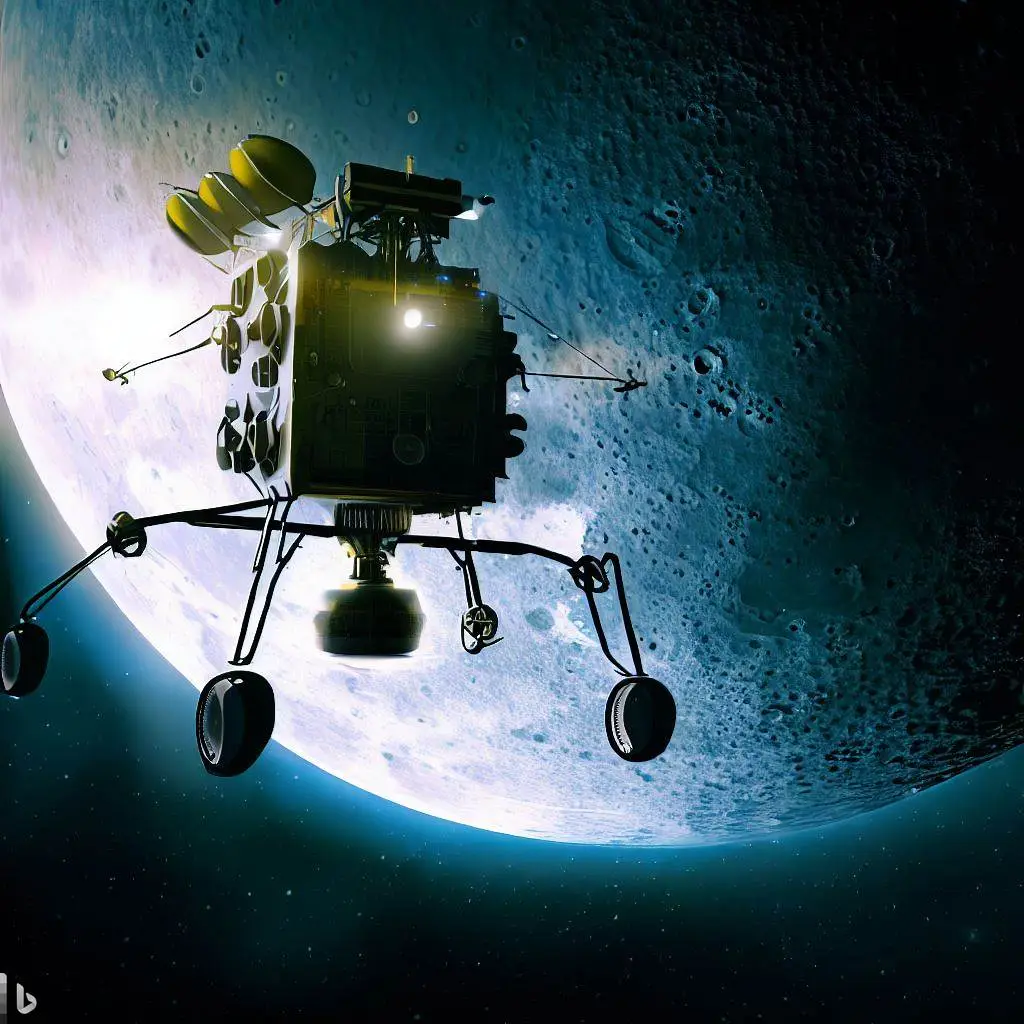
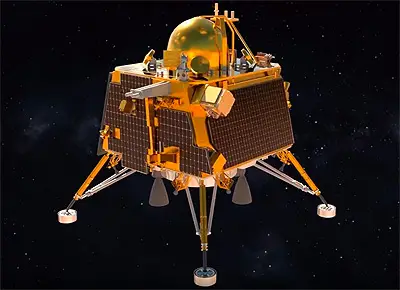

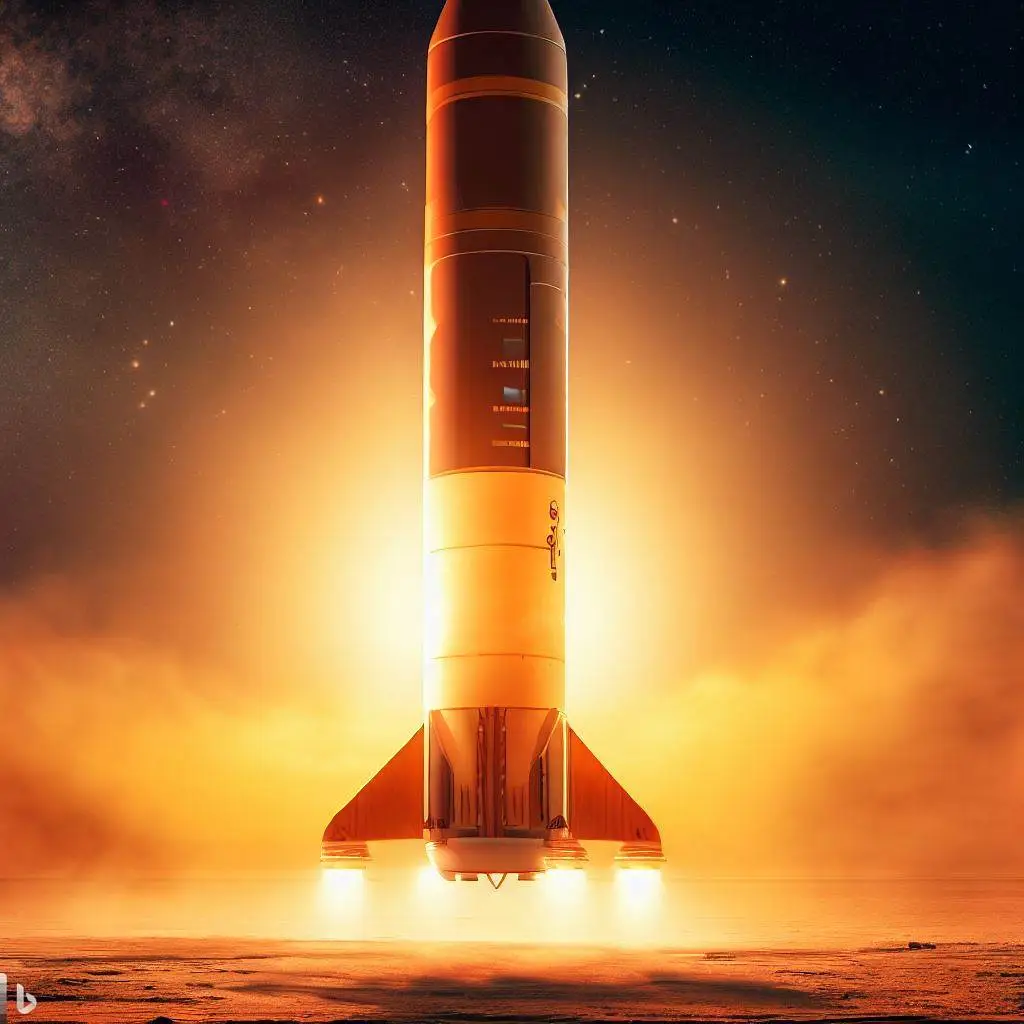
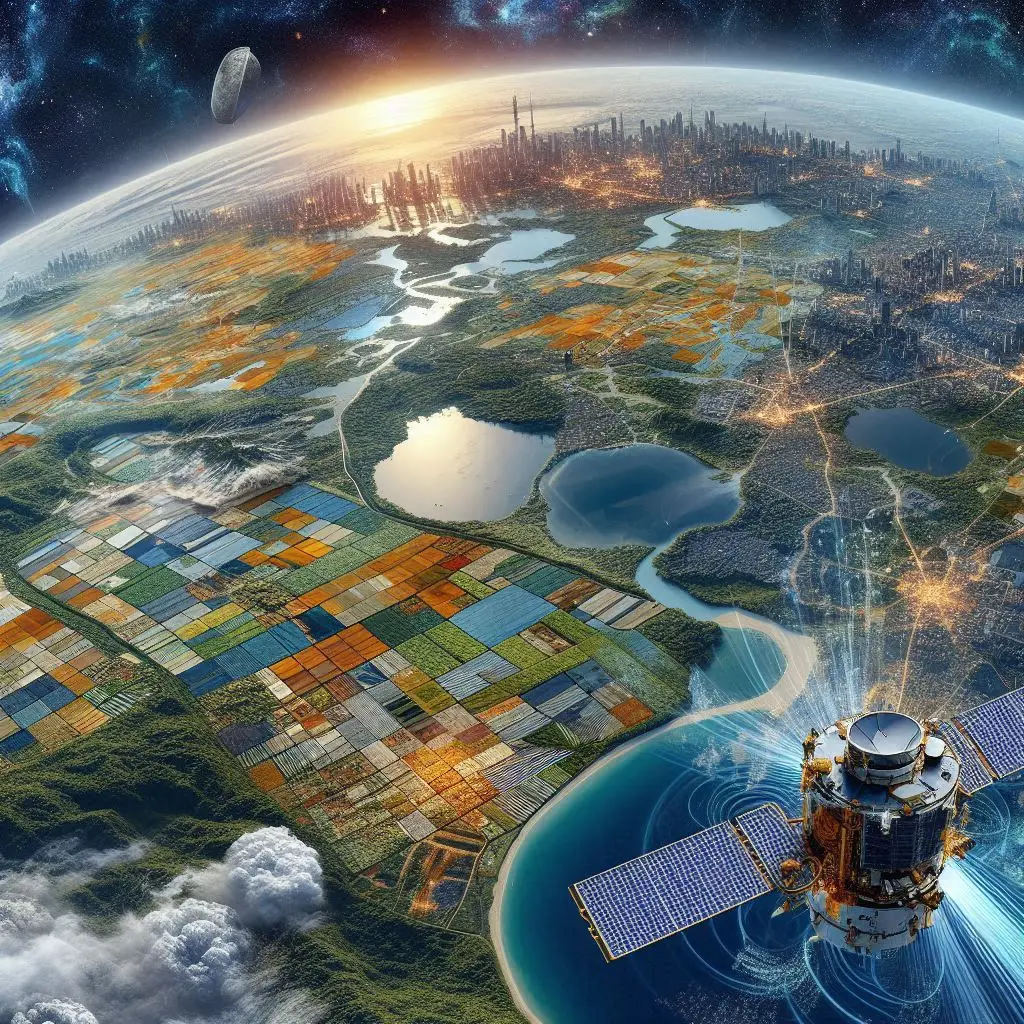
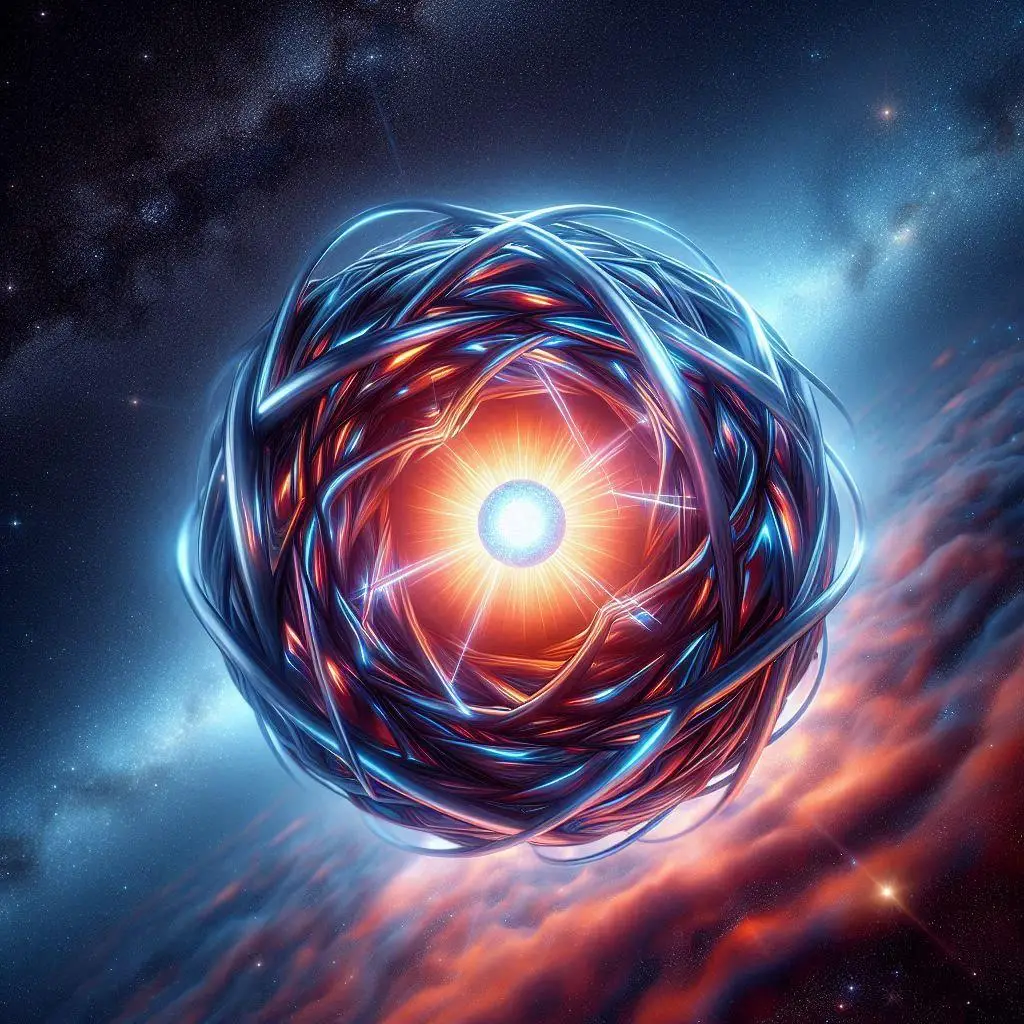


Add a Comment: